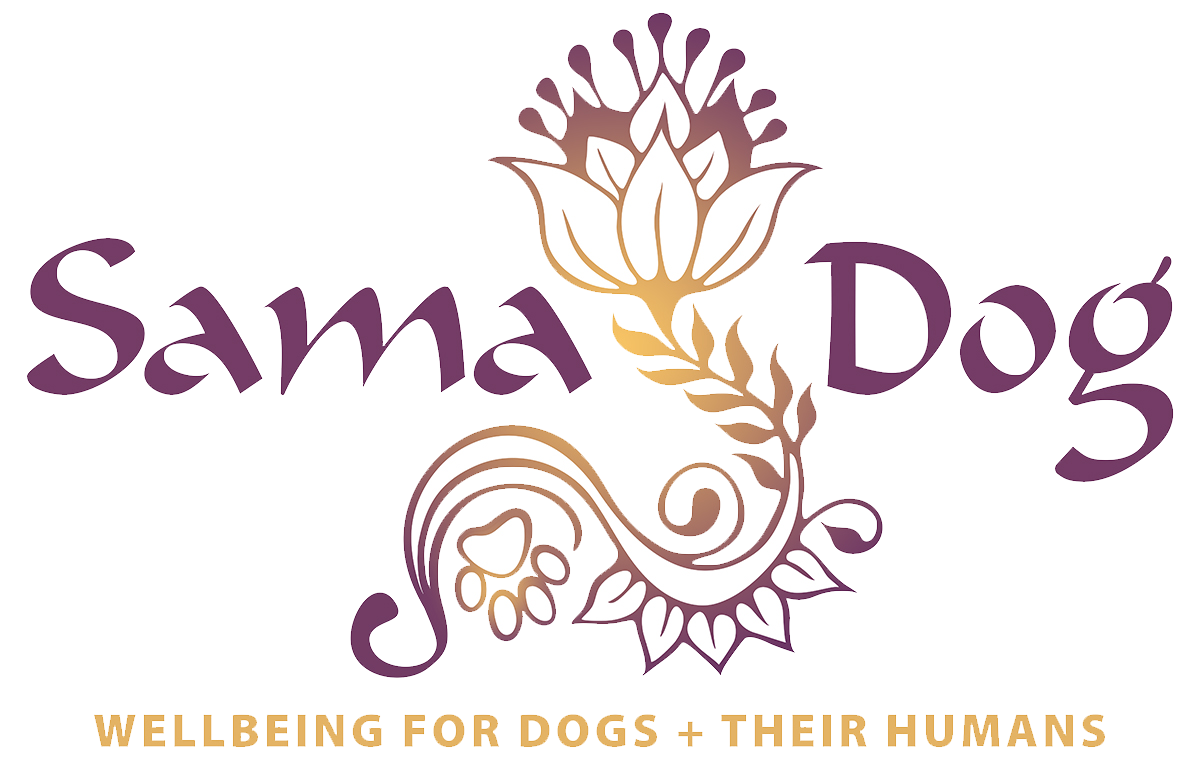5 Keystones to Building Trust with your Dog
Trust is the key to every good relationship, especially the ones we share with our dogs. As a pet parent, building trust should be your highest pledge to your canine friend. We have been entrusted with their care, so it is a responsibility that can’t be emphasized enough, especially when we realize our dogs have specific emotional needs as well as physical. They rely on us for food, water, exercise, love and security. To live their best lives, they need to know for certain that they can depend on us to care for and protect them.
We don’t always know what a canine experienced before coming into our lives. But even under the best circumstances, it’s natural for any dog to respond cautiously to new surroundings. This is especially true for rescue dogs who really need us to have their backs. A little mindfulness can go a long way in establishing a support system to enhance our dog’s lives and help them to create more joy and fulfillment. Here are several ways to build feelings of trust and lay the groundwork for a wonderful life together:
1. Eliminate Excessive Noise
Over time, humans get used to everyday sounds and eventually tune them out. But canines have super sensitive hearing, and a slamming door, excessively loud music, or a high-pitched battery beep from the fire alarm can provoke unneeded anxiety.
Electronics, in general, can be hard on dog ears, but especially at high volumes. Habits such as listening to the TV or music at high volumes should be reevaluated. Even our voices can stimulate uneasiness in our dogs if we’re too loud, and should be considered the next time we want to yell or scream because we are excited, or for any other number of reasons we may need to raise our voice. The rise in volume could be interpreted as threatening and frightening to our four-legged friends. To a dog, these ongoing triggers can erode the trust it feels when they’re around you.
Your home is meant to be a sanctuary for everyone who lives there, including your dog. You can make it a much more comfortable place for your furry friend by making efforts to eliminate excessive noise. It’s worth taking the extra time to close a drawer softly, change a battery, wear a headset and condition yourself to speak in a consistent tone in order to help your pup feel a bit safer.
2. Maintain a Calm Demeanor
Am I in a state of peace? Try to develop a pattern of asking yourself this question on a regular basis, and adjust accordingly. Your own state of being can certainly impact your ability to gain the trust of your pet.
Would you trust a person who was exhibiting strong negative emotions such as anger, fear, agitation, or worry? Or would you feel more comfortable around someone who was calm, loving, peaceful and present? The more positive qualities you exhibit, the more magnetic you become to all beings. Our dogs tend to mirror us in both mental and physical ways. It’s called entrainment; your state of being influences their state of being. If you wish for a peaceful existence for the canine in your life, cultivate it for yourself. HERE
A regular meditation practice will help you live in a place of restful awareness. A calm state of being will radiate out to others and will attract our furry friends. This serene state is the secret of the Patron Saint of Animals, St. Francis of Assisi, and explains why he is frequently depicted being surrounded by a multitude of animals. The magnetic qualities of presence, love, peace and compassion which he embodied, drew every creature on earth toward him.
3. Teach via Your Actions
Your dogs may know up to 100 words, but they will still learn more from your actions. Your behavior can either build or erode trust, so you’ll want to act wisely.
Set the intention to make every action an assurance to your pup that you will never lead them into a painful situation. Spanking is an example of something that many of us were taught in order to deter bad behavior. Dogs don’t really understand why they are being spanked. They only know they are being hurt by you, and they feel scared. The only thing spanking teaches them is that you are capable of inflicting pain on them, and that is certainly not a trust building exercise.
Teasing, chastising, and striking a dog will likely destroy their faith in you. Even the tone of your voice if you ask them “Who did this?” can whittle away their trust. Trying to guilt them should be avoided, as it erodes their confidence in you; it’s why they may not look at you, because it’s hard to make eye contact if they feel shamed by you. The lessening of trust can repel the two of you like opposing magnets.
4. Say Yes More
Life is meant to be enjoyed. Consistently telling dogs what they can’t do isn’t much fun for them. Highlighting what they can do is a party! Give a command and when they respond appropriately say YES!
Saying “yes” attracts, but “no” repels. That doesn’t mean we should banish the word “no”, but we could focus on adding more “yeses” to our canine interactions. It’s precise, clear and easy. Some would say that “good boy” equates to “yes”, but the phrase is a bit overused, especially to a dog. It just doesn’t have the same meaning as an excited YES!
Here’s one easy way to fit more “yeses” into your pup’s life - if your puppy is chewing on your new rug or shoes, instead of scolding them and shouting “NO”, offer them an acceptable alternative such as a new toy or bone. Once they make the right choice, reward them by giving an enthusiastic YES. It’s fun, happy and a much more pleasurable experience for our dog to create an association with.
5. Be Helpful
Most humans are blessed to have at least one person in their lives they can count on for help – someone who adds tremendous value and can be relied upon no matter what. This is the type of person our dogs need us to be for them.
Try to be the person that your dog runs to when they are scared, and the one they look for when they are ill or hurt. It’s gratifying knowing YOU are the person your dog wants to be around, so be their bestie and the one they know always has their back and pays close attention to them.
Try to stay present for your pup so you can quickly notice their expressions, squirms, and anxieties. When you can help them with simple things like removing a sticker from their paw, offering water when needed, and letting them out when nature calls, your pup will see a pattern forming, and will find comfort in knowing you will always be there for them. It’s the straightest path to becoming your dog’s hero and best friend.
There is a common thread between each of these tips – mindfulness. The more we practice present moment awareness, the better we can connect with our beloved animals. Canines live in this state naturally, and when we meet them there, we make a soul to soul connection in a place of oneness, where trust resides eternally. If you incorporate these ideas into your lives, you will gain your pup’s confidence and build a stronger, deeper, more meaningful relationship.
by Amanda Ree
** Are you puzzled by your dog’s behavior or health challenge? Why not get the perspective of Ayurveda; nature’s healing science. Book a private consultation with Amanda right now.


